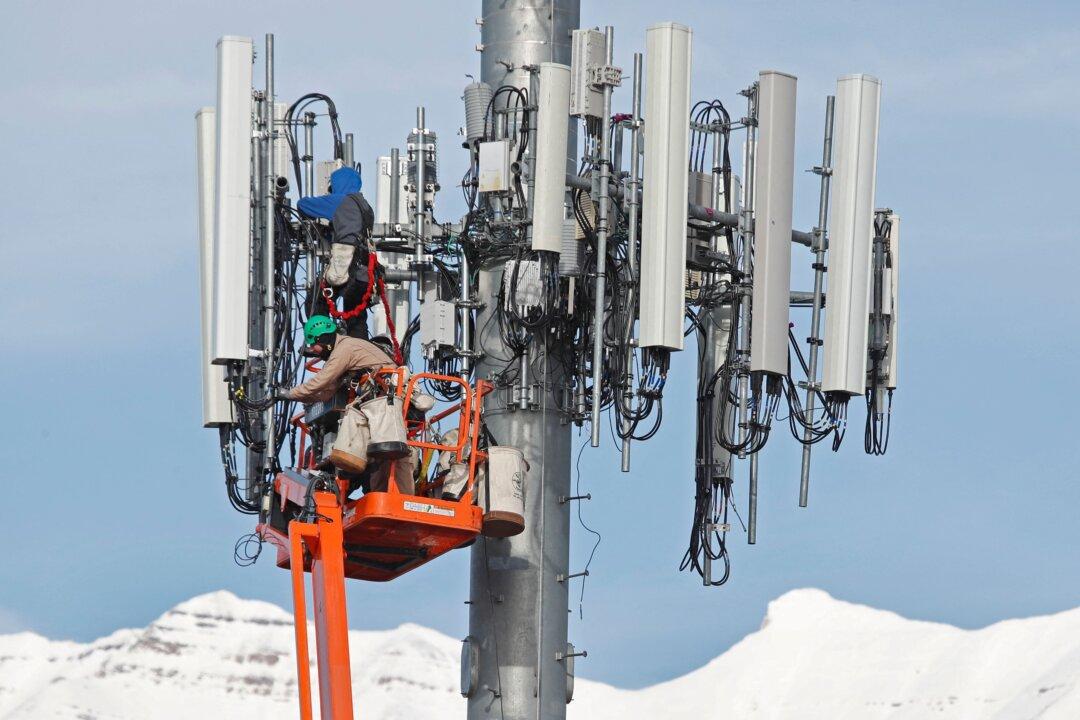It’s omnipresent yet finite, invisible but ambient. It’s the electromagnetic spectrum (EMS), a range of electromagnetic frequencies that radiate in wavelengths and photon energies to flip on lights, to beam voices through radios, to track threats with radar, to function in nearly any capacity in the contemporary world.
Each EMS frequency range avails itself to different uses. Lower frequencies are best for transmitting radio waves across long distances; taking X-rays is a common use for higher frequencies.





